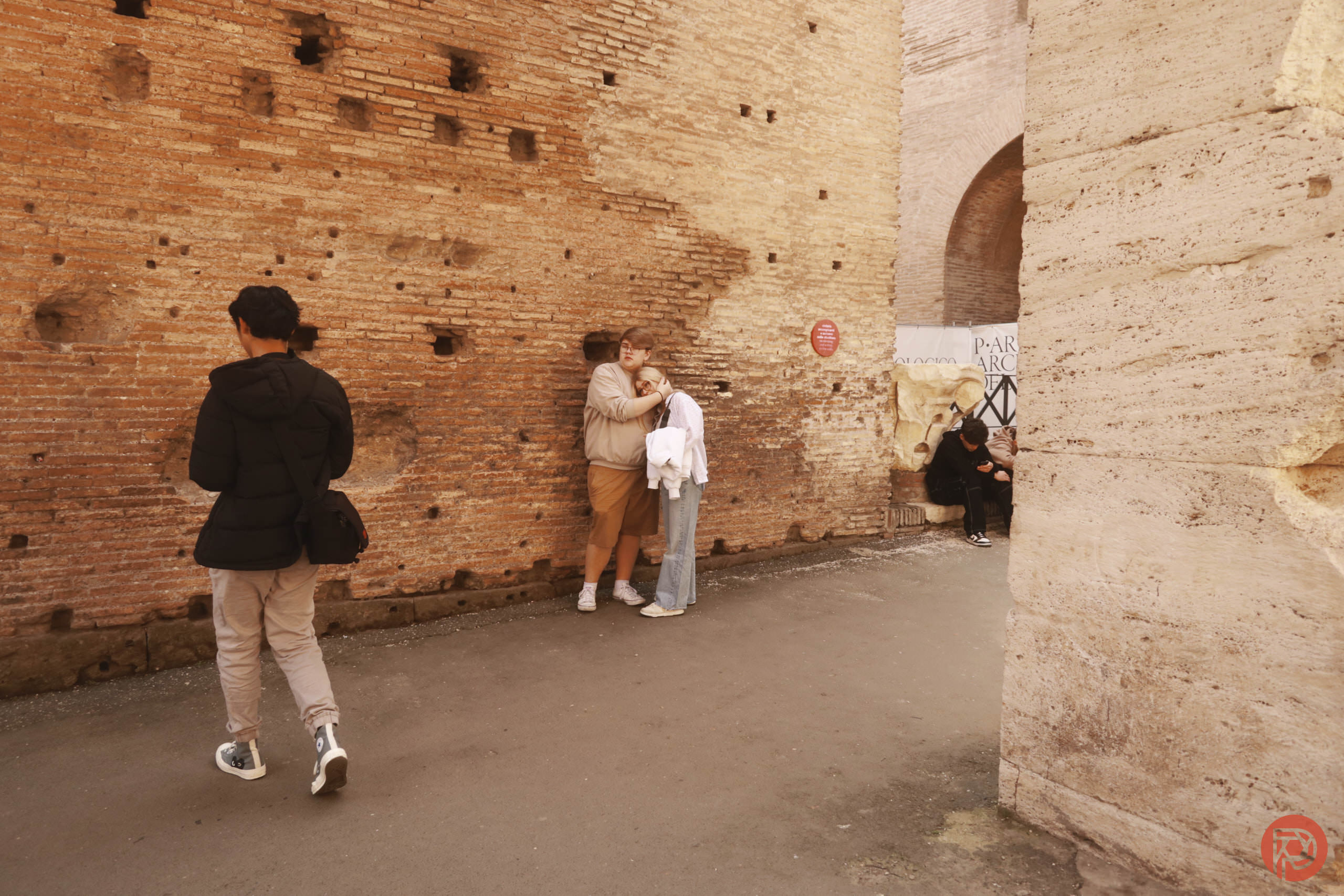
Check out our latest products
If you take someone’s portrait, it’s very well understood that you’re collaborating with that person. Today’s content creators often just shoot at 20 frames a second while a model moves in front of there camera. But if you’re a real photographer, you’re typically involved in the creative process’s pre-production and direction. The same can be said for taking a simple family portrait as there is interaction between you and the heroes of the photographs. But is that any different with street photography?
An article in Aperture explores a book that challenges the idea of collaboration within photography and questions what it is. Indeed, I think that the idea of collaboration goes hand in hand with the idea of consent. In street photography, there often isn’t consent — it’s just a free-for-all capture of moments in public. This lends itself to the inherent beauty of the moment and is backed by the law in so many places. But with portraiture, consent is involved and there is an exchange that makes someone camera-ready.
This idea can go even further, however. If there is ANYTHING done as a result of your pointing a camera at someone, there is collaboration of some sort. This means that if someone tries to cover their face or turns around, your action forced them to do something. In fact, it can be as simple as just having a camera around you or in your hand. If you snap a photograph or a series of images, there is collaboration. This type of collaboration isn’t consentual — but it can be done in public or in private moments.
Street photography isn’t necessarily a collaboration if it is one-sided. If you’re simply documenting a moment and the heroes of the image don’t notice or care too much about the camera, there isn’t collaboration. It’s more or less the same as a speed-camera or a video camera documenting what happens in a space. This is far more common than you’d think — and a great example of this is when people are asleep on a public subway or anything else.

Collaboration, in how we’re defining it, really only requires the photographer and the heroes of the images to do something that create a dialogue in the photograph. My lead image in this article is not a collaboration because the people in the frame did nothing as a result of my pointing a camera at them. However, in the image above, the people in the frame purposely didn’t do anything simply because they didn’t mind. This, too, is a form of collaboration.
The question then becomes how we can tell when there is authenticity in the image or not. And more importantly, does it matter if the end result is all that someone is looking at?
For portraiture and fine art, it doesn’t necessarily matter. Nor does it necessarily matter for street photography unless the images seem to be done in a predatory way. This can include taking images of the homeless while not trying to tell a deeper story about them.
Where this truly matters is for photojournalism. Sometimes taking a photo of a moment can change many things. Take, for example, the famous photo of John McCain when he was running against Barack Obama. He’s a public figure in a public place meant to be televised. Anything goes in a situation like that. He gave his consent simply by being at the event. On the other hand, technically, not everyone was granting consent in the famous Eddie Adams image. The general is a collaborator, but the man being killed isn’t necessarily one.
Perhaps street photography where you truly are just a fly on the wall might be best.

![[2025 Upgraded] Retractable Car Charger, SUPERONE 69W Car Phone Charger with Cables Fast Charging, Gifts for Men Women Car Accessories for iPhone 16 15 14 13 12, Samsung, Black](https://i1.wp.com/m.media-amazon.com/images/I/61SaegZpsSL._AC_SL1500_.jpg?w=300&resize=300,300&ssl=1)



![[True Military-Grade] Car Phone Holder【2024 Stronger Suction & Clip】 Universal Cell Phone Holder for Car Mount for Dashboard Windshield Air Vent Long Arm Cell Phone Car Mount Thick Case,Black](https://i2.wp.com/m.media-amazon.com/images/I/715PBCuJezL._AC_SL1500_.jpg?w=300&resize=300,300&ssl=1)
![[エレコム] スマホショルダー ショルダーストラップ 肩掛け ストラップホールシート付属 丸紐 8mm P-STSDH2R08](https://i3.wp.com/m.media-amazon.com/images/I/51BMFf06pxL._AC_SL1500_.jpg?w=300&resize=300,300&ssl=1)







